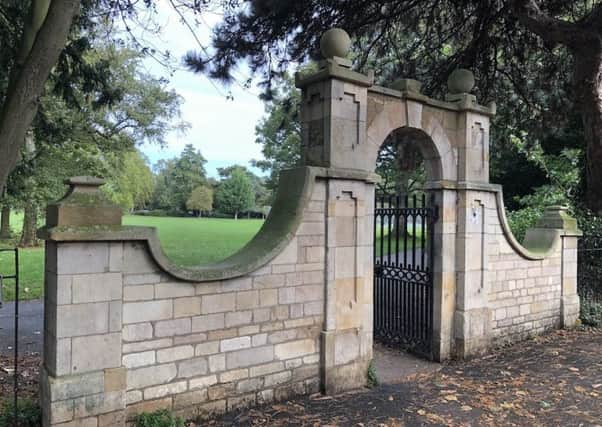A place to value and cherish: Peterborough’s Central Park then and now


Thankfully the café has been taken over by new owners and will hopefully go from strength to strength. Perhaps the extension built by the Terranovas will eventually be opened – it could provide an excellent meeting place as well as a restaurant. Central Park is one of those places that Peterborians should value and cherish and, in the main, that’s exactly what happens. However, just think how much better the park would be if it once again had a full-time ranger to keep an eye on any maintenance or damage issues? Nevertheless, I must say that the beds, plants and borders look pretty good at any time of year, so well done to all those concerned. I have known the park all my life. I used to go there with my parents and grandparents in the 1950s, for a play on the swings, run around, kick-about or even a game of cricket. I often came home with pockets stuffed with conkers and fir cones (in fact I still do!) and I have taken both children and grandchildren to the place. I’m sure that generations of Peterborians have done exactly the same! Readers may not realise how old the Park actually is. It was opened in 1877 and entrance was originally by subscription only. In 1900 the cost of summer season tickets was 15/- for families and 5/- for single people. The stone archway entrance in Broadway was presented to the council by the Great Northern Railway in 1913 and came from the Crescent that was demolished to make way for Crescent Bridge. Years ago, an old WWI tank was sited in the park and many children used to play on it until it became unsafe. Believe it or not there were also large field guns at the entrance, but of course these are long gone. The park has not been without controversy. For years there was a bandstand in the middle where the large willow tree now grows. When the bandstand was taken down in 1964 there was an outcry of cycling-in-Bridge-Street proportions. Indeed the park would once again benefit from a focal point, perhaps a place that could cater for live performances. One day perhaps something similar might be erected again. I must confess that the park is not without its difficulties. Anti-social behaviour and drug-dealing have been reported and I have to say that the atmosphere at night is not the best largely due, in my view, to inadequate lighting and the comparative lack of nearby private housing to help keep an eye on the place. Of course, Peterborough has many other parks both old and new. Itter Park, just off Fulbridge Road, is perhaps the best known, but there are others, including Connect Park near Bourges Boulevard, Manor Farm Park in Eye and Bretton Park. Readers will undoubtedly know more. In fact Peterborough City Council’s website names seven public skate parks, two BMX tracks, nine nature and wildlife parks and well over 100 smaller play areas suitable for children of varying ages. Should readers wish to find out more about the Park Road area and the park itself may I suggest the booklet: Peterborough Local History Series Number 6: Park Road and the Park by the local historian Stephen Perry. This is available from the Visitor Information Centre on Bridge Street.